“Understanding altitude is key to understanding Malbec,” says Phil Crozier, who delivered a fascinating masterclass on the way the wines change at varying extremes.
Time to fess up.
Despite my son’s best efforts, I’ve never watched Game of Thrones. I don’t enjoy Superhero movies, whether of the Marvel or DC variety. And I don’t do soaps.
I’ve also got some wine whines. Pinot Grigio from Veneto? Barely ever touch it. Prosecco? Likewise, though I make exceptions for Asolo, Valdobbaidene and Conegliano. Kiwi Sauvignon Blanc, or any SB for that matter? Don’t get me started.
So what about Malbec, possibly the most consumed red variety in the US and also pretty popular here: Tesco alone stocks 24 different types, ranging in price from £4.75 through to £18? Well, I have generally viewed it as a guilty pleasure to be consumed alongside maybe a Barossa Shiraz on long evenings when both mood and barometer are low; most other times my preference is for a more nuanced and – OK, I’ll say it – less popular type of wine.
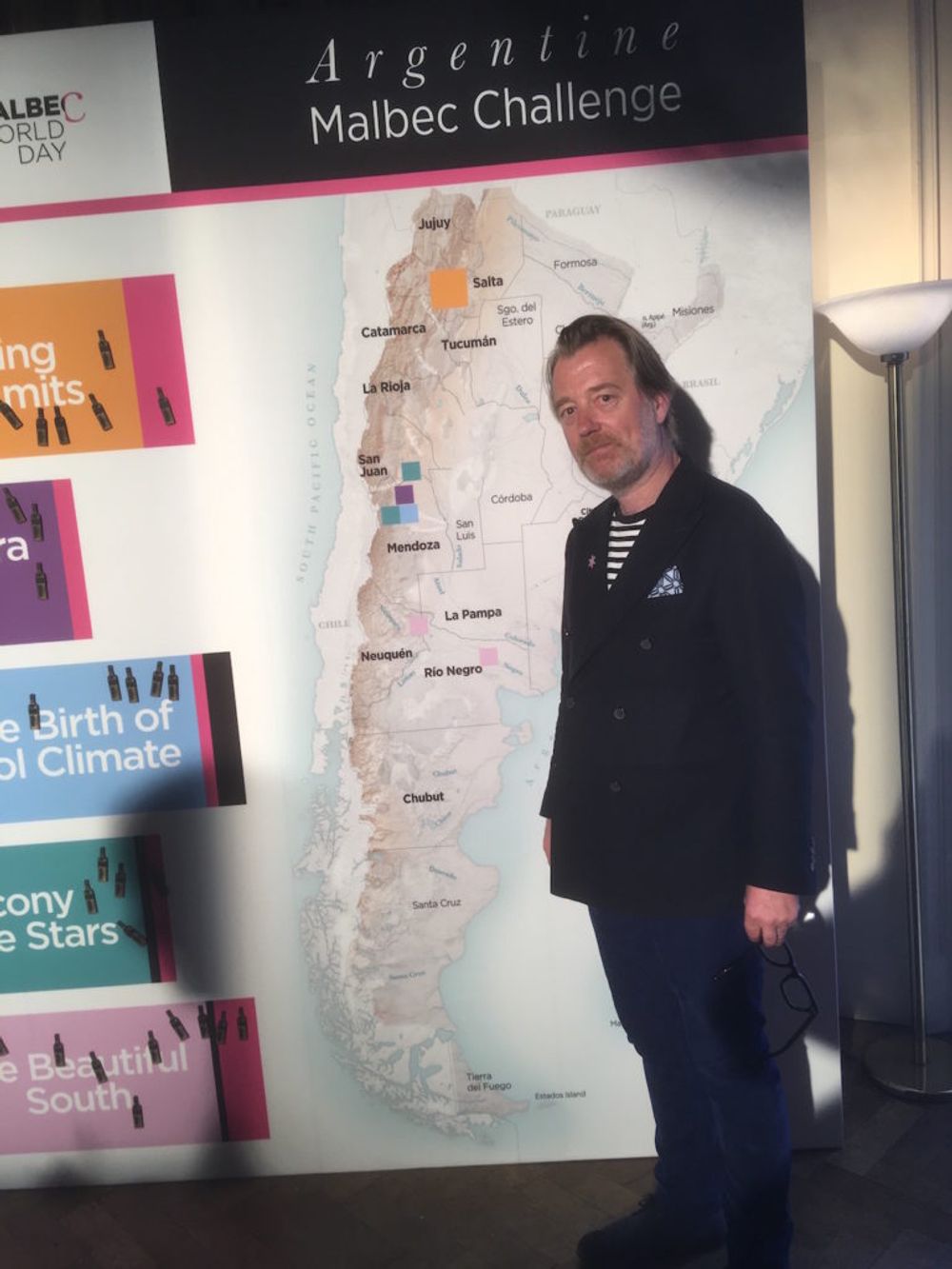
Phil Crozier, Argentine Embassy, April 25, 2019
Phil Crozier – a former director of the Gaucho Restaurant Group and now international ambassador for Wines of Argentina – says I am not unusual.
“Malbec has become the sort of wine that if you chose it in a restaurant, the sommelier will come over to you with the list and suggest you try something else,” he says, reinforcing my perception that in the on- trade at least, Argentinian Malbec has become a victim of its own success. Worse, it is perceived as a one trick pony, a hefty, oak-fuelled purple monster that can only be consumed with vast amounts of red meat, an image distributors have encouraged with such names as Beefsteak Club Malbec.
Deciding it was time to confront my prejudice, I set off to the swanky Argentinian Ambassador’s residence in Belgravia to attend my first ever Malbec Day Tasting. Almost 90 wines – all red except for two roses; nothing with alcohol levels below 13.5% and one or two clocking in at 15.5%.
“If you don’t like Malbec by the end of this, I’ll be amazed,” advised one enthusiastic purple-lipped taster, ejecting a stream of Malbec into the spittoon.
Where to start?
Luckily Crozier, who was curating this tasting for Wines of Argentina, had done a great job of organising the wines by altitude.
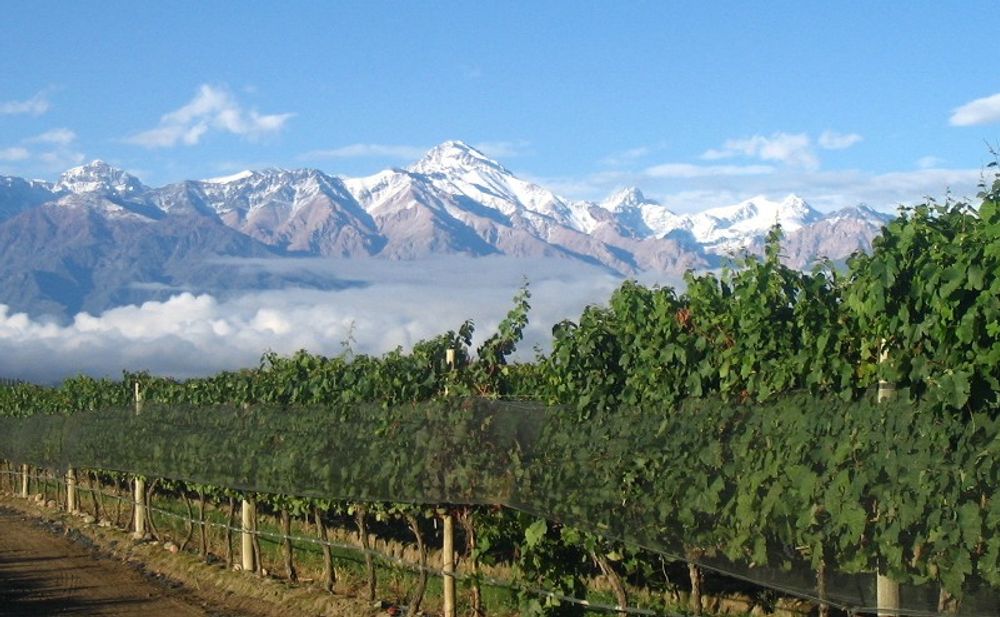
The only way is up: Malbec is best understood by looking at altitude (Tupungato)
So the first batch of wines was from The Beautiful South (ie Patagonia) with producers mainly hailing from the Rio Negro in Northern Patagonia and using vines at altitudes up to 450m.
Batch 2, dubbed Mendoza Remixed, was Mendoza blends from vineyards between 750m-1700m; the traditional way of making Malbec, allowing producers to mix wine made at cooler and warmer altitudes to get that right mix of aromatics/acidity and richness/opulence.
Then there was The Primera Zone, wines from this warm region which often produce the classic, big Malbec style, leading onto Cool Climate Malbecs (1050-1250m), then in rising steps of altitude, Balcony to the Stars (including Tupungato, at heights of up to 2000m) and finally, Pushing the Limits. Here, at heights of between 1750-3111m, we have the famous vineyards of Salta, Catamarca and Tucuman with vines growing under some of the toughest conditions imaginable but often delivering wines of amazing power and richness.
For Crozier, understanding altitude is key to understanding Malbec and the differences brought about by making wine at one extreme, in the world’s most southerly vineyards (Patagonia) and at the other in some of the world’s highest, in Salta – even though these two regions only each account for around 2% of Argentina’s wine production; over 70% comes from Mendoza.
“Wines from Patagonia give finesse, density, acidity and purity, whilst those from Salta are all about power and intensity. Some producers from the latter make more rustic styles but this region generally produces the most popular style of Malbec,” he says, adding that wineries in both regions face remarkable logistical challenges.
So which were my Magnificent Seven?
Although all the big names – Kaiken, Finca Flichman, Trapiche, El Esteco, Vinalba, Bodega Norton – were all present and correct, with some lovely wines, for me it was the much smaller producers whose wines showed best, including Mendel, Cadus and Pascual Toso, which has some of the oldest vines in Mendoza. So here, in no particular order are:

Mendel Unus 2014 – a great blend from the Mendoza Remixed category and itself a blend of 65% Malbec, 25% CS and 10% PV. This is a lovely, well made wine with great structure and power. (Hispamerchants.com).
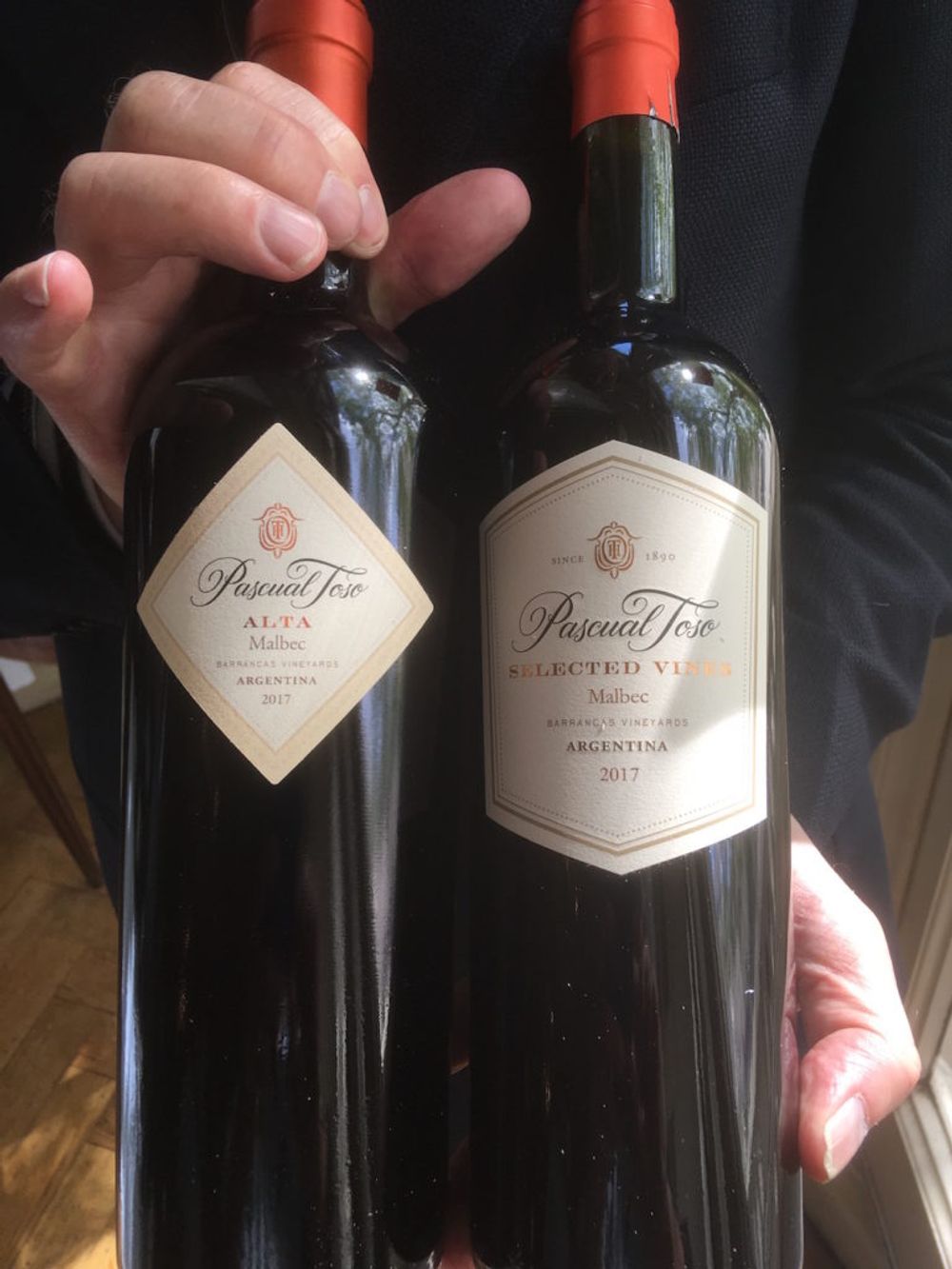
Pascual Toso Alta Malbec 2017 – Hefty, old school and quite oaky wine with grapes taken from Barancas, Maipu and Mendoza. Fruit forward. A winter evening wine.
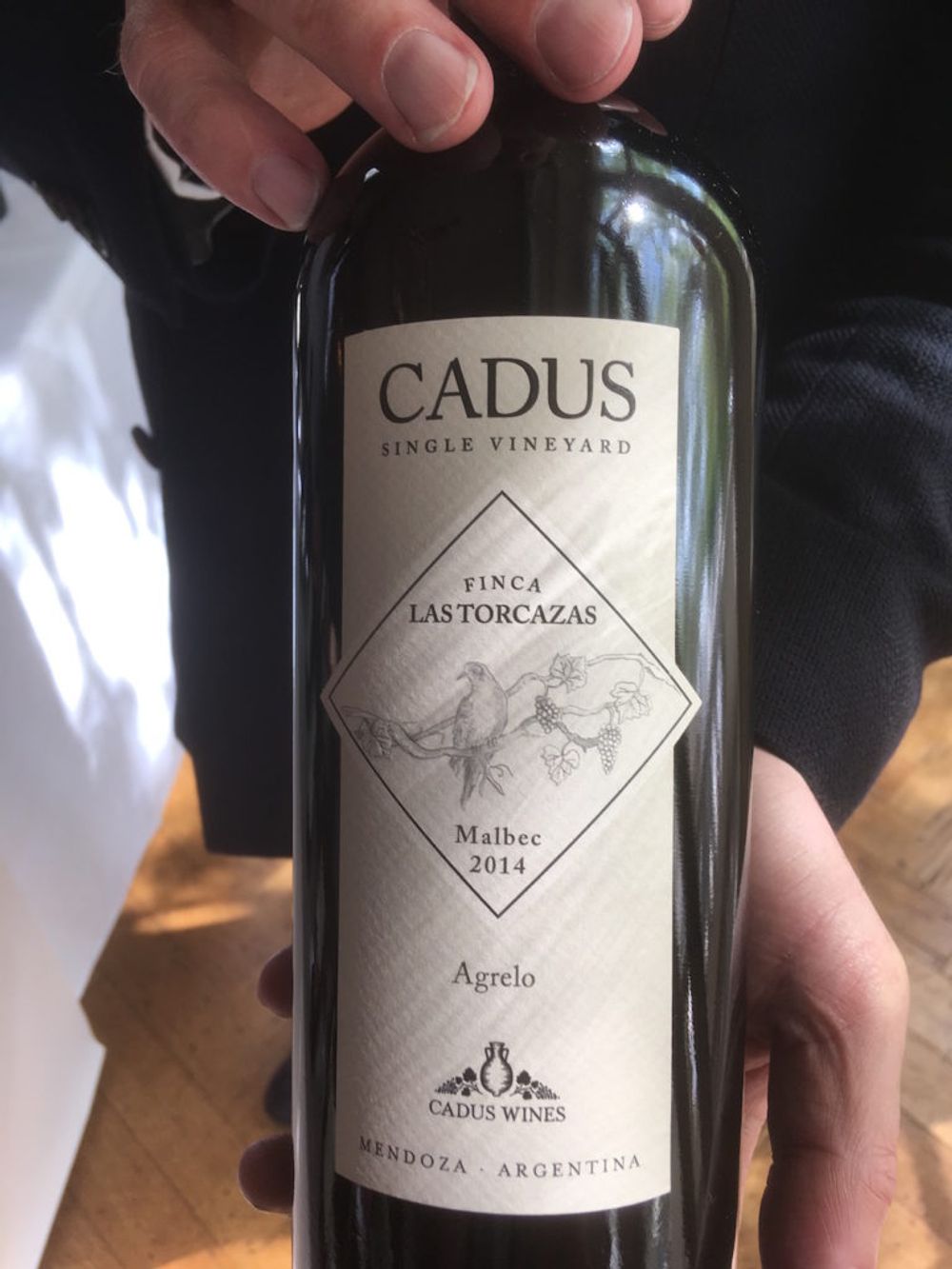
Cadus Finca Las Torcazas 2014 – Again, very impressive and rounded thanks to long fermentation in cement vats before up to 24 months of ageing in oak. Great length. The Cadus Los Chacayes Appellation 2016 was also very impressive, with great structure and acidity: great value too with a retail price of around £15, half that of the single vineyard Las Torcazas. Cadus’ winemaker Santiago Mayorga is recognised as one of Argentina’s finest winemakers and on the basis of these two wines I would have to concur. It would be fascinating to see what Mayorga’s other wines – which include the one-off single variety Signature Series Petit Verdot and the indigenous Criolla – are like. (Boutinot).
Bodega Colome Autentico Malbec 2017 – Incredibly dark wine, almost inky coloured, but amazingly nuanced with fruit taken from Colome, Molinos and Salta. No oak, so the fruit and acidity really work well. (Liberty).
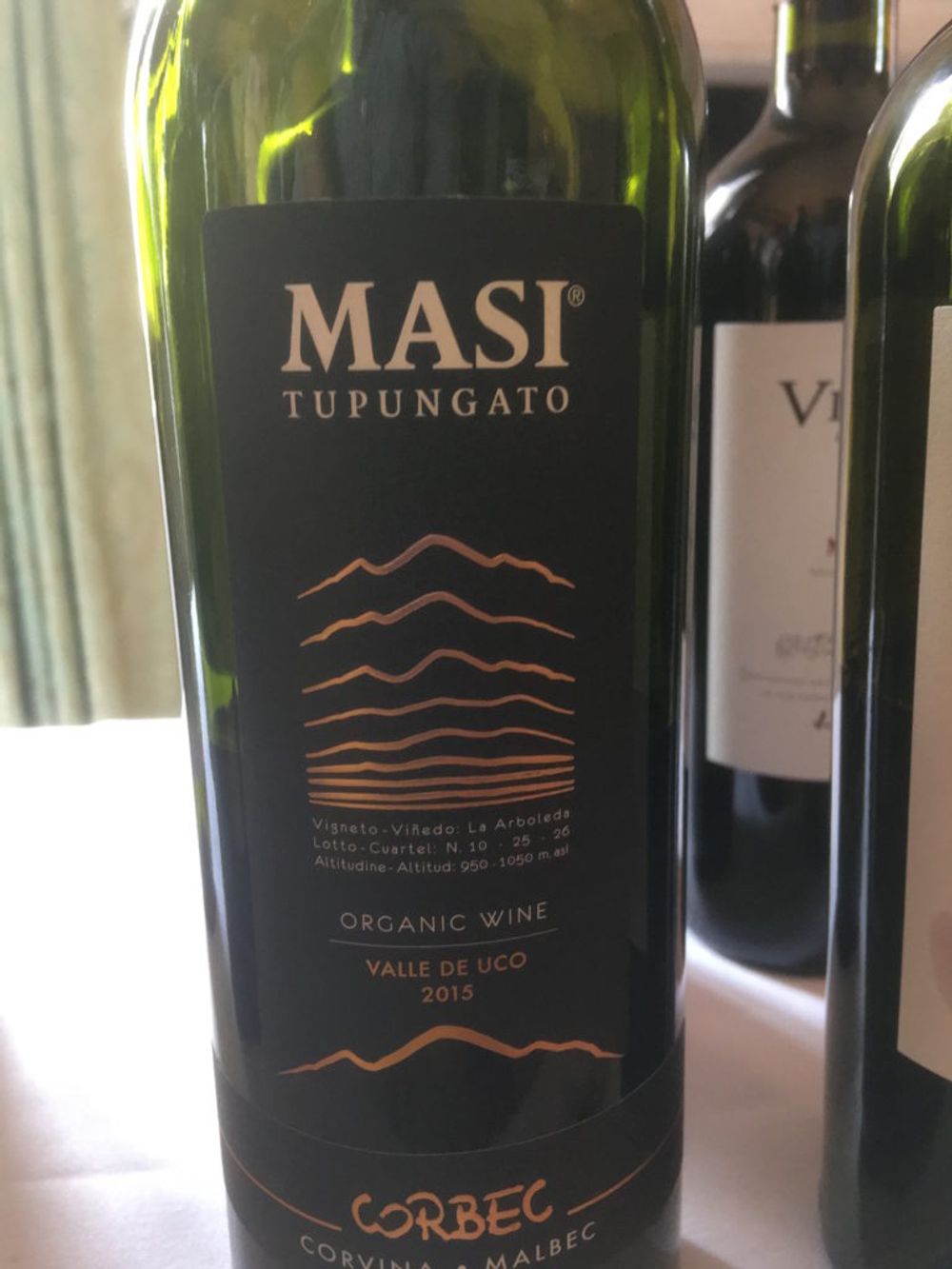
Masi Tupungato Corbec 2015 – Corbec is a style of wine on its own, with 30% Malbec blended with 70% Corvina. As you might expect from this famous northern Italian producer, the quality shows through but so do the fruit and the remarkable balance, which makes this wine a joy. (Berkmann).
El Porvenir de Cafayate Amauta 111 2016 – A distinctive, fruit forward 60/40 Malbec Cabernet blend from Cafatate and Salta from this respected, old-style producer blessed with some vines dating back to 1947. (Hispamerchants).
Trapiche Terroir Series Final Ambrosia Malbec 2015 – Power, balance, acidity and fruit – they’re all there in this high-end wine from one of Argentina’s best known names. Very dark, with hints of liquorice and herbs; amazing length. (Enotria&Coe).
So is Malbec a one trick pony?
These wines, available to the UK on and off trade, suggest not.
Other producers are also stepping up to the plate. Amongst Tesco’s 24 Malbecs are two impressively nuanced Finest wines produced by Bodegas Catena; the Angelica Sur Malbec and the Trilogy Malbec. From high altitude vineyards in the remote Uco Valley of Mendoza, these show the more sophisticated, cooler climate face of Argentina’s top variety. The Trilogy, made with grapes taken from three high altitude vineyards, is a crowd pleaser with chocolate and spicy fruit notes but with great precision and balance. The Angelica Sur, from the eponymous vineyard, is more serious with great structure and length, supported by good acidity.
Sure, Mendoza in particular can offer big steak-accompanying Malbecs that most consumers love. But far from standing still and just producing the wines that are expected of them, Malbec producers seem increasingly keen to innovate, move the goalposts and do things differently. And that’s great.
Now I’m off to try some of that Pinot Grigio everyone’s talking about.









































